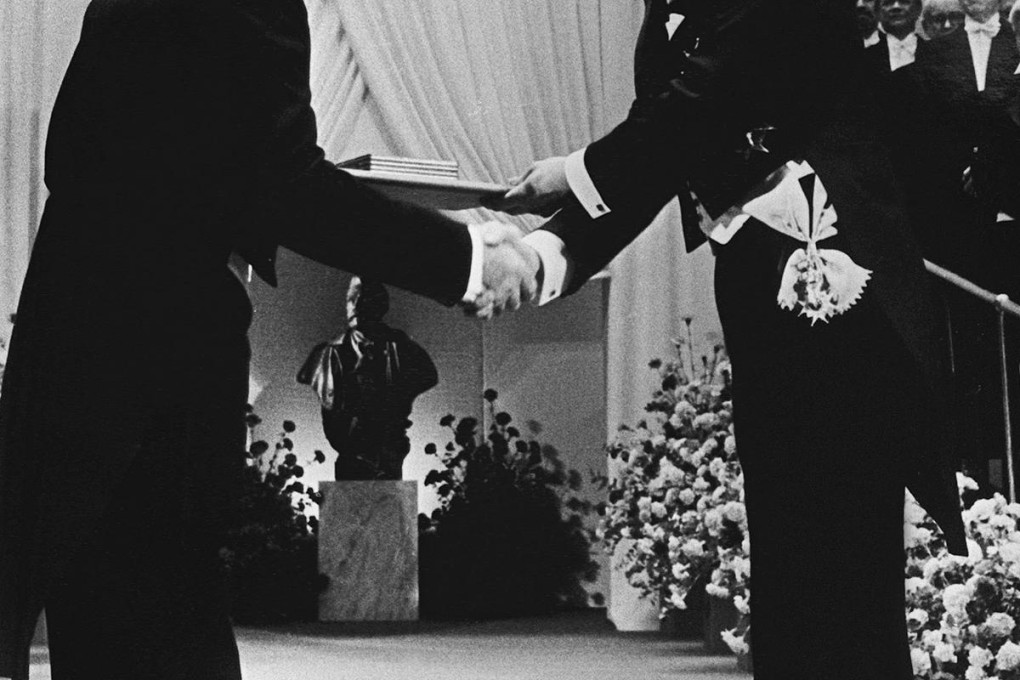Frederick Sanger, two-time winner of Nobel Prize for chemistry, died last week
Briton won Nobel Prize twice for work in sequencing insulin molecules and later DNA

Last week saw the death of a man described by Craig Venter, among the pioneers of human genome sequencing, as "one of the most important scientists of the 20th century!"
Yet though among only four people to have won two Nobel Prizes, this was a man who never became a household name, and even turned down a knighthood as he did not want people calling him "sir".

These were no ordinary molecules, made from perhaps a handful of atoms. They were huge, complex molecules vital to life: proteins and DNA.
Sanger was an undergraduate at Cambridge University in the late 1930s and chose to read subjects including biochemistry, later noting: "The idea that biology could be explained in chemistry seemed an exciting one." He took an advanced course in biochemistry, leading to a PhD with a team studying proteins.
Then, Sanger joined a Cambridge University team focusing on amino acid analysis of proteins. Amino acids are nothing like typical acids, such as the powerful sulphuric and nitric acids, but are organic molecules with chains and sometimes rings of carbon atoms, along with hydrogen, nitrogen and oxygen atoms. Around 500 are known, but there are only 22 natural amino acids that are found in proteins.